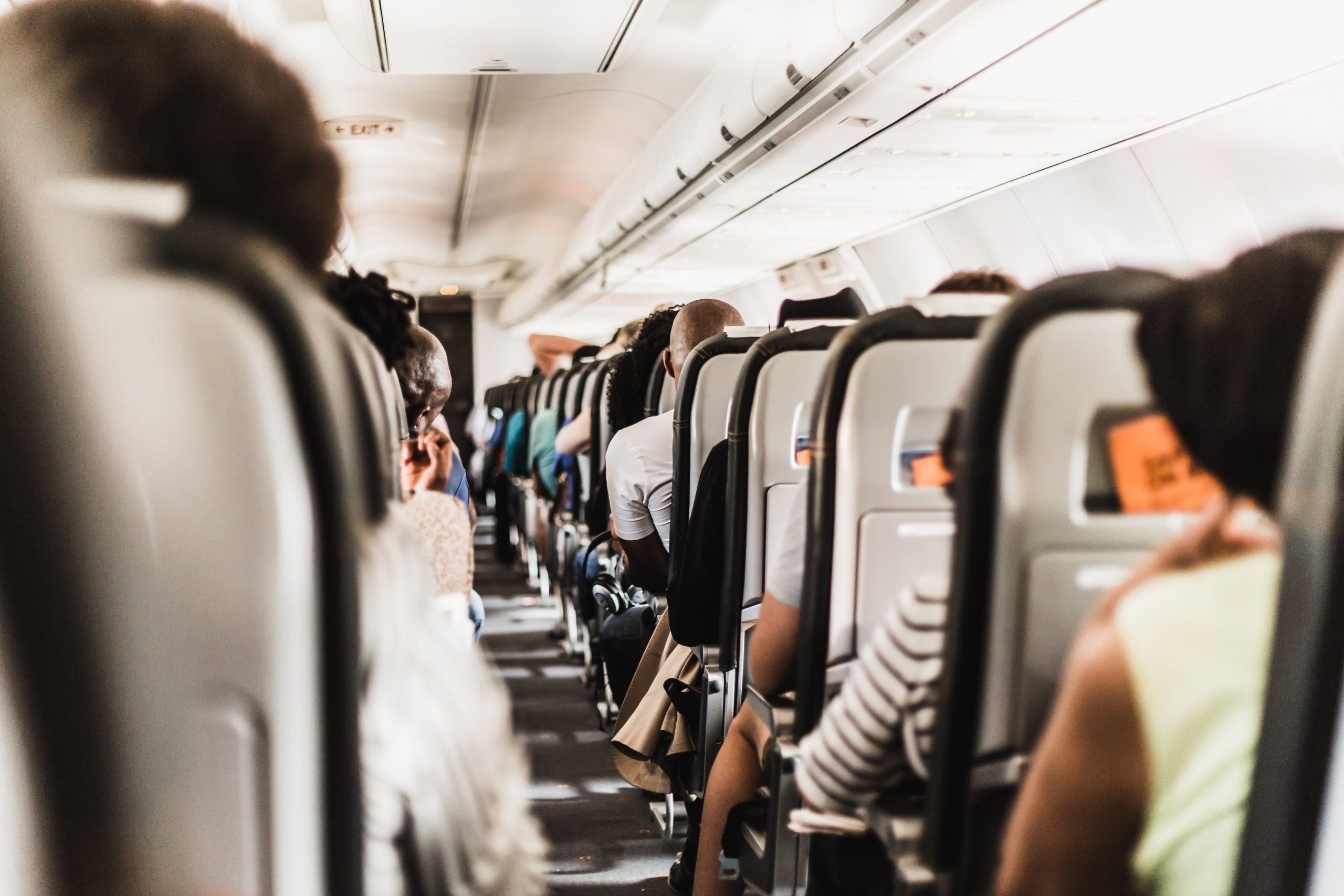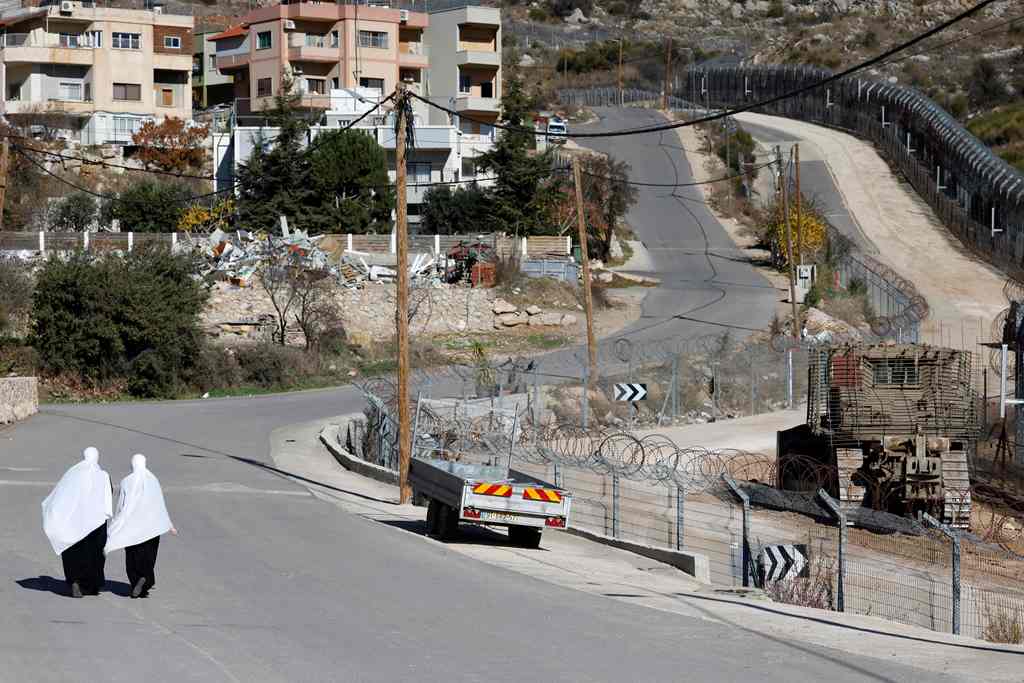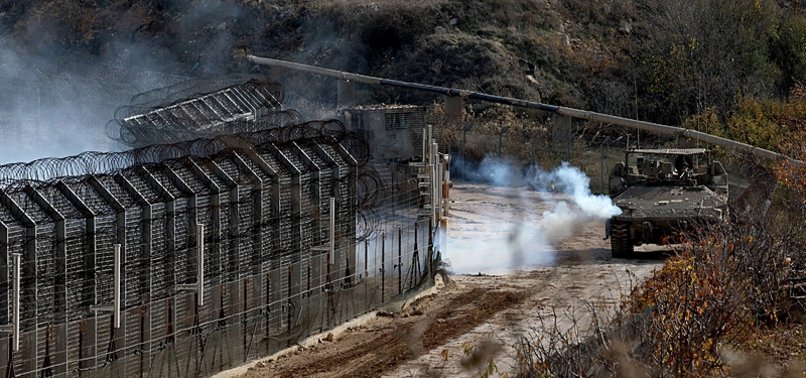The health ministry has updated its travel list based on Covid-19 risk.
Qatari authorities have added several countries to the red and exceptional red list of its Travel and Return policy following a significant rise of daily Covid-19 cases.
According to the new update, Turkey, the United Kingdom, and the United States of America have all moved from the Green List of countries to the Red List.
This means that returning travelers must obtain a PCR test no more than 72 hours before arrival to Qatar if vaccinated or quarantine if they are not. Non-residents are required to quarantine in a hotel for up to 2 days once they arrive in the country until their PCR test results are published.
Quarantine is not required for Qatar citizens or residents who have been fully vaccinated.
The recent addition takes the number of countries on the red list up to 57 and will be effective from 7pm Qatari time on Saturday, January 8, 2022.
Meanwhile, the Exceptional Red List still consists of 9 countries, those being Egypt, Nepal, Bangladesh, Botswana, Lesotho, Namibia, Pakistan, India, and Zimbabwe.
MOPH updates its Green and Red Country Lists based on COVID-19 risk in its Travel and Return Policy. The changes come into on Saturday 8 January 2022 at 7pm.
Visit the MOPH website to view the new lists.https://t.co/DOTCyk9TOr— وزارة الصحة العامة (@MOPHQatar) January 5, 2022
The update comes as Qatar grapples with its third wave of COVID infections amid an apparent PCR testing crisis and the seemingly relentless spread of the Omicron variant.
On Tuesday, Qatar’s health ministry [MoPH] said it had registered 1,695 new infections, which bumped up the total number of active cases to 8,339 after maintaining less than 1,000 before December. Skeptics believe the actual number to be far higher.
Rise in local panic
Despite assurances from health officials, a state of panic emerged over the past week with images and videos of long queues at hospitals and clinics of people trying to get their PCR tests.
With the rise in cases, more people appeared to rush to testing facilities either due to their exposure to an infected person or developing symptoms.
This has also placed people who might have been negative at the risk of getting infected, given that testing queues were not segregated to separate symptomatic cases from those needing PCR travel certificates.







